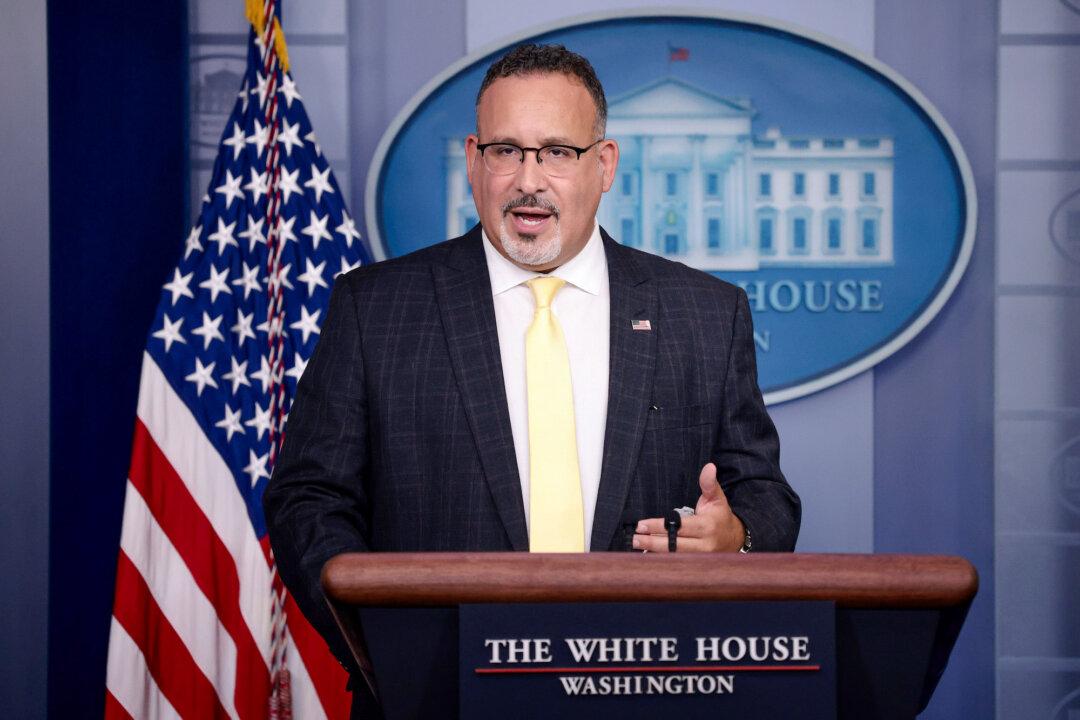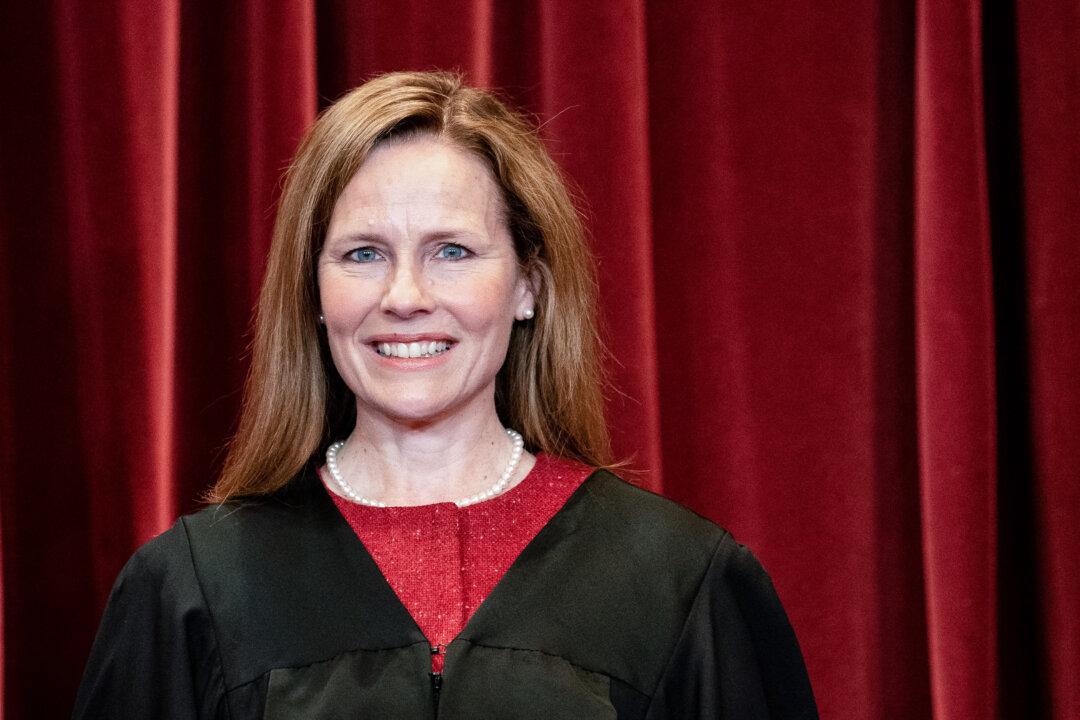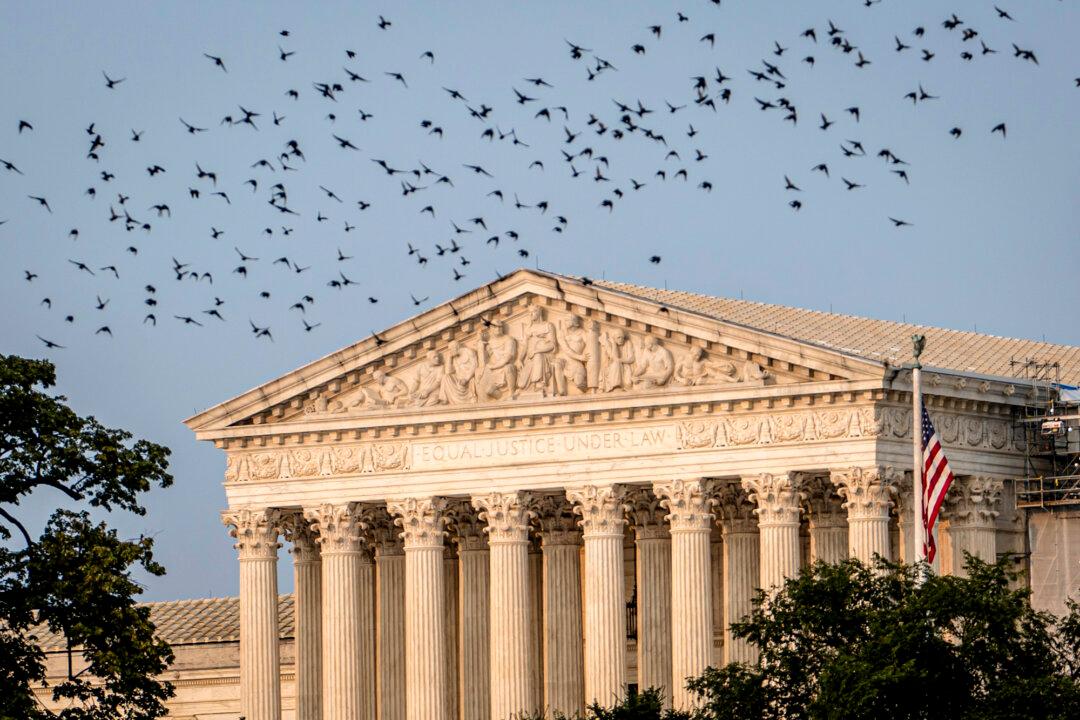The federal government urged the Supreme Court on Aug. 13 to reinstate a $475 billion student loan relief plan after an appeals court ruling blocked key parts.
Justice Brett Kavanaugh directed Missouri, which is challenging the plan, to respond by 4 p.m. on Aug. 19.
The SAVE (Saving on a Valuable Education) plan that Education Secretary Miguel Cardona first proposed in August 2022 would lower monthly payments for millions of eligible borrowers and accelerate loan forgiveness for some others. A reported 8 million borrowers have signed up for the program.
The injunction temporarily prevents the federal government from forgiving principal or interest on outstanding student loans, blocks a provision stopping interest from accruing on loans, and pauses a provision allowing borrowers to make very low or zero monthly payments geared to income.
District Judge John Ross in Missouri previously blocked the SAVE plan on June 24.
In the new application, Prelogar argues that the plan is “a straightforward exercise” of the Department of Education’s authority under federal law.
“The Eighth Circuit’s injunction has severely harmed millions of borrowers and the Department by blocking long-planned changes and creating widespread confusion and uncertainty,” she said.
The injunction is so broad that it interferes with the department’s other programs that forgive student loan debt but are not in dispute, she said.
“That extraordinary injunction has scrambled the Department’s administration of loans for millions of borrowers,” she said.
Prelogar said that if the Supreme Court decides not to reverse the Eighth Circuit’s injunction, it should consider holding oral arguments in the case this fall “to avoid prolonging the harm the Eighth Circuit’s injunction is inflicting on millions of Americans.”
Although the Eighth Circuit’s injunction halting aspects of the SAVE plan gave the state much of what it wanted, the ruling left some questions unanswered, such as whether the department violated the federal Administrative Procedure Act by giving the public an unusually short period to comment on the plan before it was finalized.
The Eighth Circuit’s injunction conflicts with the 10th Circuit’s June 30 order pausing a ruling by District Judge Daniel Crabtree of Kansas who blocked parts of the plan. The 10th Circuit’s ruling allows geared-to-income repayments by borrowers to begin.
Missouri Attorney General Andrew Bailey told The Epoch Times he is optimistic about the case.
He said in an emailed statement, “I look forward to taking this fight all the way to the United States Supreme Court and winning once again.”







